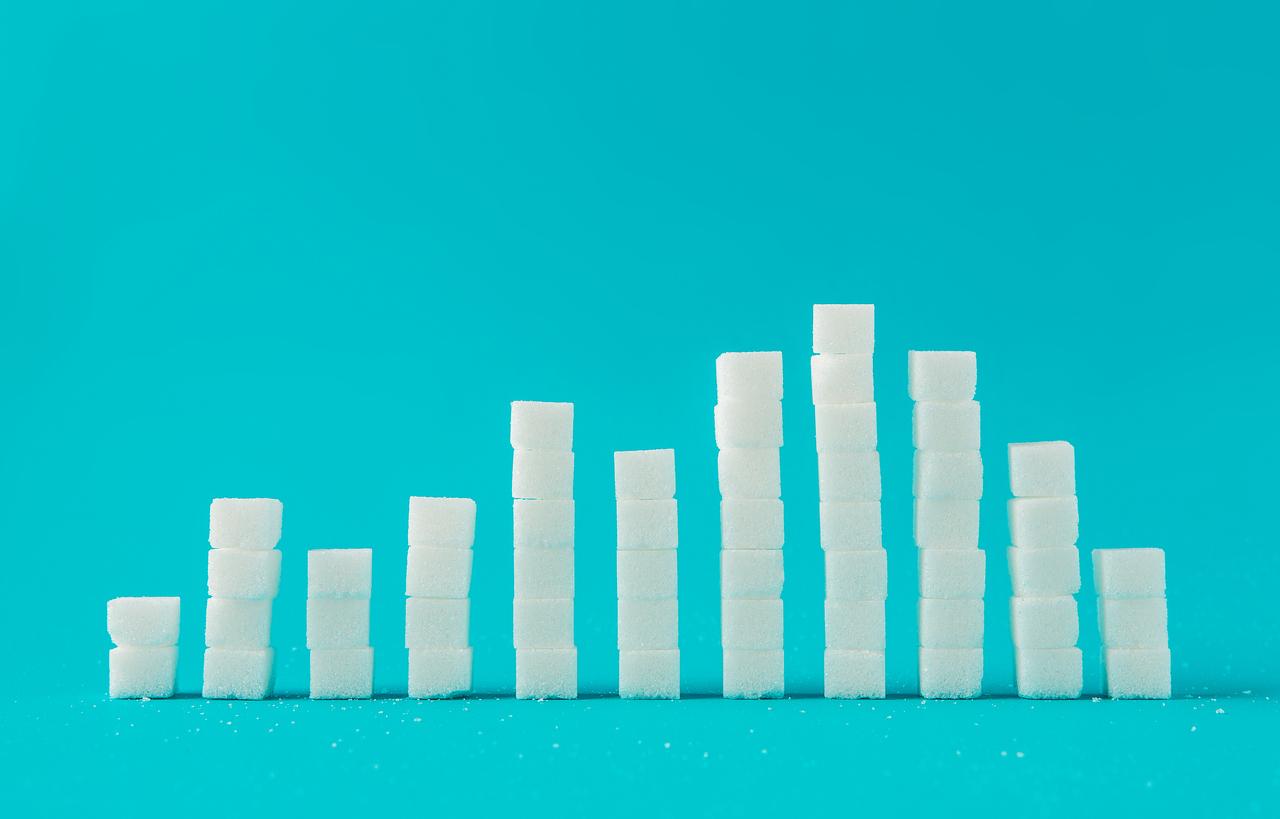According to a Groupe SEB survey in 2019, 98% of French households own at least one frying pan at their home. Practical and versatile, frying pans are the queens of our kitchens. And their manufacturers boast of their multiple qualities: they would make it possible to cook healthily and protect one’s health while respecting the environment.
And if they insist on these two points, it’s because non-stick pans have been at the heart of health scandals. For several years, suspicions have weighed on Teflon, the organic material at the heart of non-stick technology that helps repel water and grease. The reason for the health scandal? A chemical compound used in its manufacture: pentadecafluorooctanoic acid or PFOA. Notorious carcinogen and reprotoxic, PFOA was banned on July 4, 2020 by a European regulation.
Scientific studies have already shown that this component is present in the blood of 99% of the population in the United States. However, according to 60 million consumers, PFOA can alter the development of the fetusweaken the immune system and increase the risk of developing cardiovascular diseases, kidney or testicular cancers.
How to choose the right pans?
The magazine 60 Millions de consommateurs wanted to verify the claims made by manufacturers about the harmlessness and performance of their products by testing nine Teflon and “ceramic” type non-stick pans as well as five iron or steel pans. They looked to see if they could release perfluorinated compounds or metals into the food.
The tests of 60 million consumers were carried out on slightly damaged stoves, in order to obtain a aging corresponding to approximately 10 weeks of use. Indeed, if the manufacturers recommend to the consumers not to use any more stoves since the coating is damaged, 60 million consumers wondered who really did it?
Result: out of the nine non-stick pans, three showed traces of PFOA. The substance was not, however, used in the manufacture of the stoves, but rather introduced accidentally during the design, packaging or transport of the stoves. Other perfluorinated compounds were also detected, including aluminium, at a level below the recommended threshold of 5 mg/kg. And the “ceramic” put forward by the manufacturers would in fact only be a derivative of Teflon.
The best non-stick frying pan is the “Healthy Ceramic” model from the Green Chef brand. It would not emit any potentially toxic substance according to the tests of 60 Million consumers. As far as steel frying pans are concerned, it is the “All stainless steel frying pan” model from the Mathon brand that wins the prize for the best frying pan with a score of 17/20. It resists time better than non-stick pans, like the rest of steel pans in general.
How long to keep your pans?
If iron pans are designed to last 20 years or more, this is not the case with non-stick pans which must be discarded after two or three years according to Darty, and after five years according to some manufacturers. If all the manufacturers have not agreed on the same duration, one rule remains to be respected: from the moment the coating is scratched or very damagedit is important to discard the pan or recycle it.
find it classification of non-stick pans and steel pans in the April issue of 60 Million Consumers.
Sources:
- 60 million consumers, April 2022
- Non-stick pans: we want true transparency60 million consumers, March 24, 2022
Read also:
- To a list of all endocrine disruptors
- Are plastic bottles toxic to our health?
- Toxic plastics: what effects on health?


















